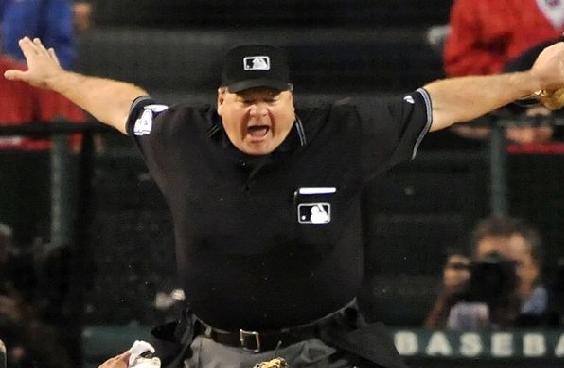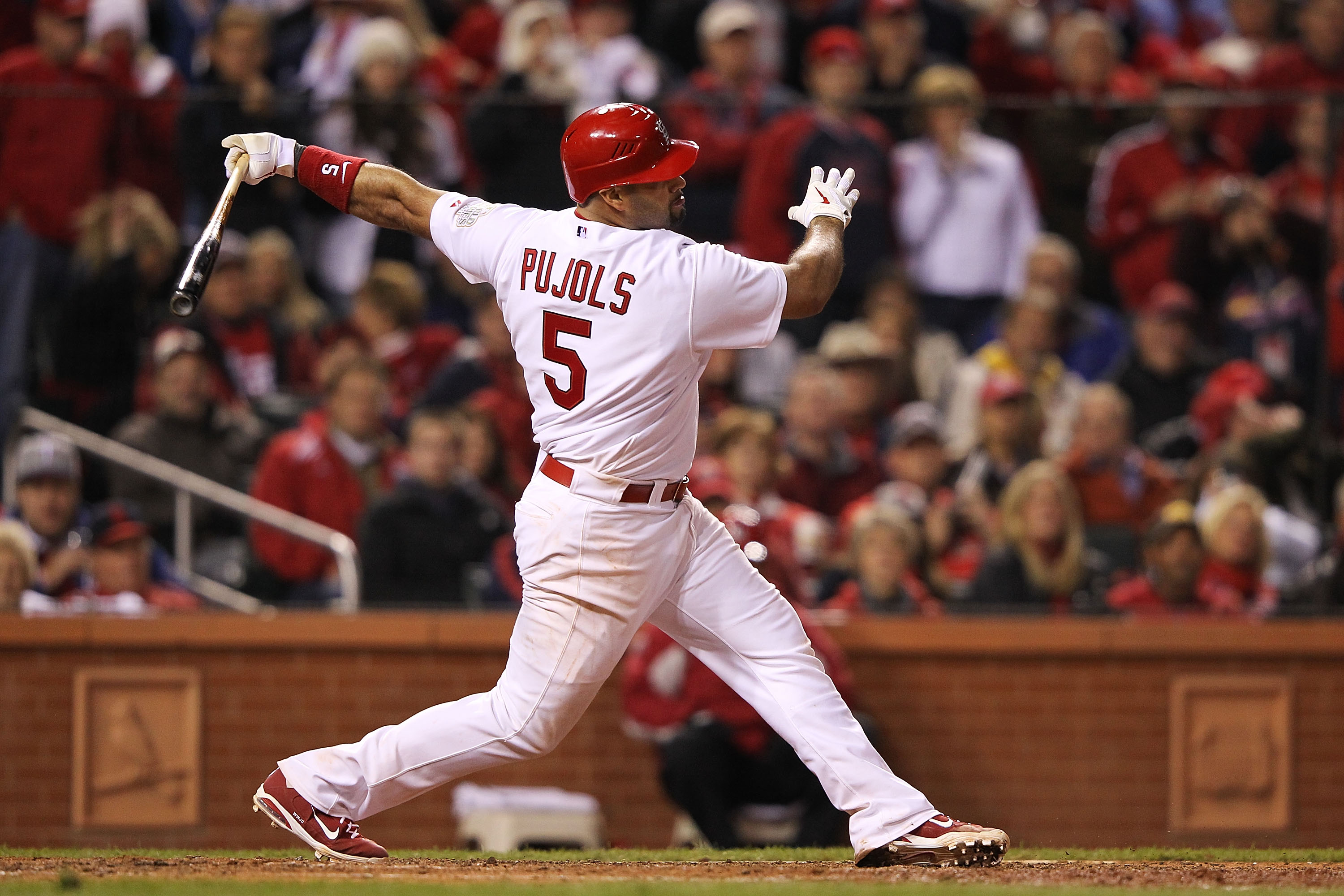In last month’s article, The Most Important DFS Topic You’ve Never Thought About (Until Now), Bryan Mears took a look at the overall impact certain home plate umpires have in daily fantasy baseball. Since so much value can be gained or lost depending on the home plate umpire, I thought it might be worth taking a look into the data to see which types of matchups have historically had the strongest correlation with umpire data. To kick things off on FanDuel, here is the trend with the top 10 umpires:

To set a baseline in terms of value added for hitters, this is roughly equivalent to the “Vegas Runs is 4.2 or Higher” trend, which added 0.25 points for hitters. Moving along, I found that umpires added more value for hitters when they were facing a pitcher ranked in the upper 50% of WHIP Percentile as opposed to the lower 50%. This basically means that a generous umpire helps batters against good pitchers more than it helps them against poor pitchers. The results actually get more interesting when we start looking at better and better pitchers. Here’s what happened when a batter faced a pitcher ranked in the 90th or better percentile for WHIP and had a top 10 umpire:

The first filter added 0.27 points to Plus/Minus when the pitcher was ranked 50th or better and 0.23 for 50th or below, so it is interesting how sharply the results go up at the end of the result set, where the best pitchers are ranked. It certainly appears that having a top umpire helps soften the blow of facing someone who is generally stingy in terms of allowing men on base. If you think about it, since a single is worth one point on FanDuel, the results are saying that the value added is equivalent to an extra hit every other game for every player.
The correlation is even stronger when looking at how batters fare against the top pitchers in terms of strikeouts. Pitchers ranked below the 50th percentile added 0.15 points, which those in the top 50 added 0.33. The same steep curve is evident at the end of the result set in strikeouts as well:

There is the 90th percentile and up in strikouts and the results are nearly identical to the results for the 90th percentile or better in WHIP. That’s cool to know, but how about something actionable: where do we actually rank hitters that fall into this category? Umpires can be helpful and add value, but do I really want to play hitters going against the top pitchers in terms of Ks and WHIP?
Knowing that the above filter added 0.54 to Plus/Minus, here are a few filters that added roughly the same value. In other words, facing a top pitcher in terms of WHIP or SO Percentile, but having the benefit of a top 10 umpire for hitters is roughly equivalent to:
| Filter | +/- |
| Vegas Score Is Between 87 and 99 | +0.59 |
| Projected Runs Above 4.2 | +0.54 |
| Player Has 5+ Pro Trends | +0.54 |





